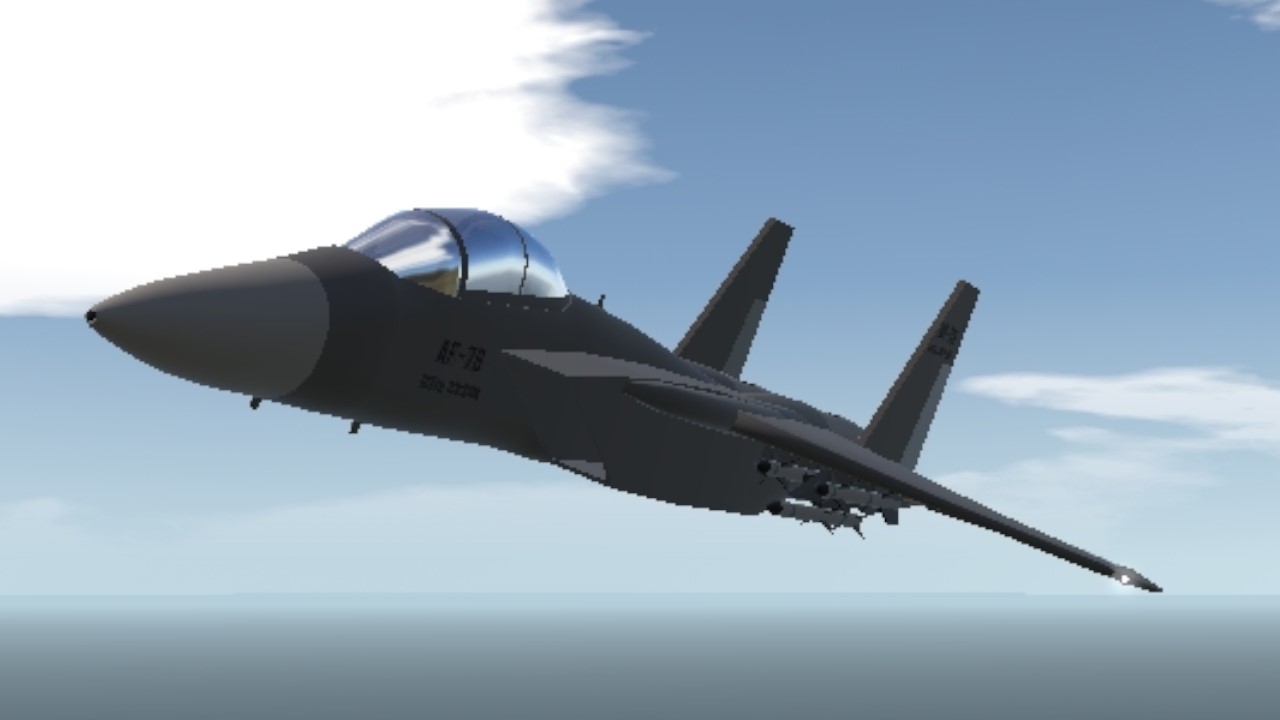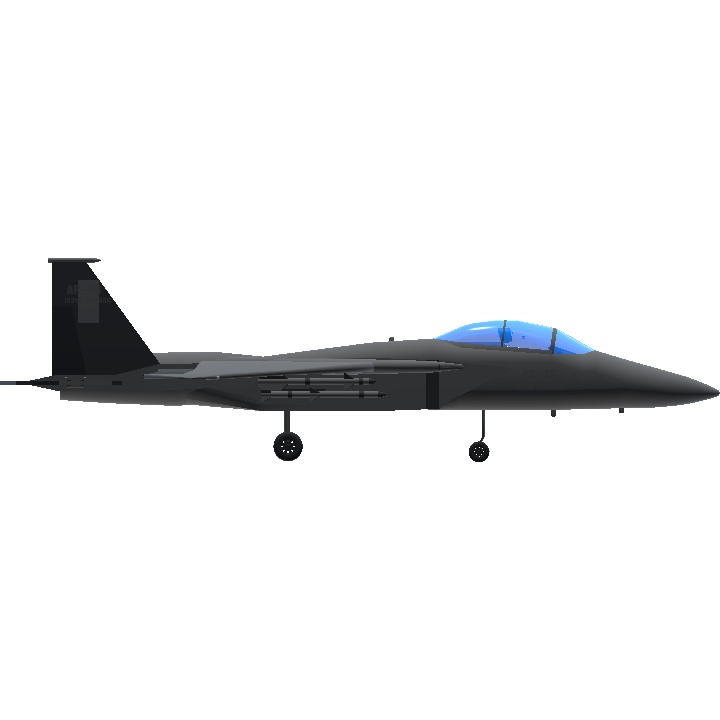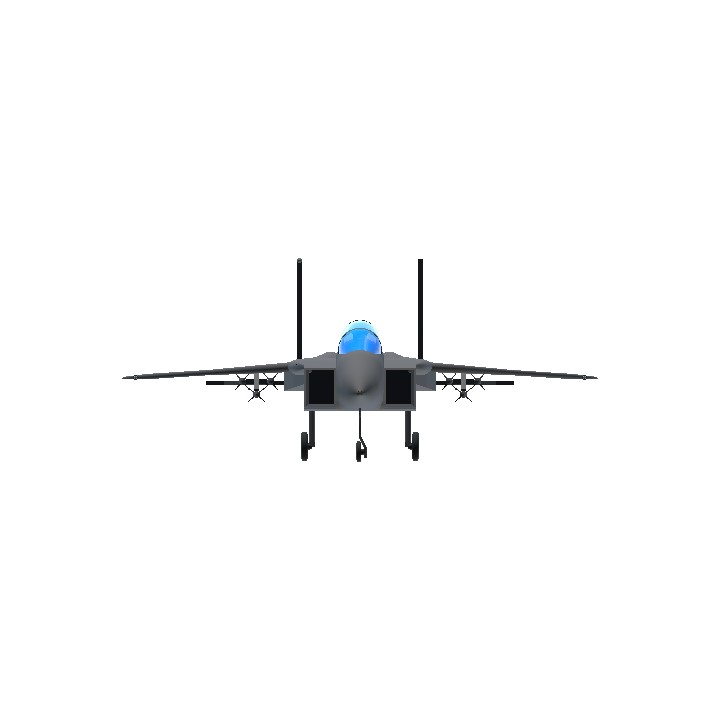The McDonnell Douglas F-15 Eagle is an American twin-engine, all-weather fighter aircraft designed by McDonnell Douglas (now part of Boeing). Following reviews of proposals, the United States Air Force (USAF) selected McDonnell Douglas's design in 1969 to meet the service's need for a dedicated air superiority fighter. The Eagle took its maiden flight in July 1972, and entered service in 1976. It is among the most successful modern fighters, with over 100 victories and no losses in aerial combat, with the majority of the kills by the Israeli Air Force
The Eagle has been exported to many countries, including Israel, Japan, and Saudi Arabia. Although the F-15 was originally envisioned as a pure air superiority fighter, its design included a secondary ground-attack capability that was largely unused. It proved flexible enough that an improved all-weather strike derivative, the F-15E Strike Eagle, was later developed, entered service in 1989 and has been exported to several nations. Several additional Eagle and Strike Eagle subvariants have been produced for foreign customers, with production of enhanced variants ongoing.
The F-15 was the principal air superiority fighter of the USAF and U.S. allies during the late Cold War, replacing the F-4 Phantom II. The Eagle was first used in combat by the Israeli Air Force in 1979 and saw extensive action in the 1982 Lebanon War. In USAF service, the aircraft saw combat action in the 1991 Gulf War and the conflict over Yugoslavia. The USAF began replacing its air superiority F-15A/B/C/D with the F-22 Raptor in the 2000s, but the severely reduced procurement pushed the retirement of the remaining F-15C/D, mostly in the Air National Guard, to 2026 and forced the service to supplement the F-22 with an advanced Eagle variant, the F-15EX, in order to retain an adequate number of air superiority fighters. The F-15 remains in service with numerous countries, and the Strike Eagle variant is expected to continue operating in the USAF into the 2030s.
Activation group
AG-1>Open Canopy
AG-2>Turn On Engine
AG-3>Turn On Engine
AG-4>Steering Wheels
AG-5>Afterburner
Specifications
Spotlights
- This craft is curated
General Characteristics
- Created On Android
- Wingspan 36.6ft (11.2m)
- Length 55.2ft (16.8m)
- Height 15.7ft (4.8m)
- Empty Weight 14,926lbs (6,770kg)
- Loaded Weight 36,375lbs (16,499kg)
Performance
- Power/Weight Ratio 11.12
- Wing Loading 51.2lbs/ft2 (250.0kg/m2)
- Wing Area 710.4ft2 (66.0m2)
- Drag Points 6224
Parts
- Number of Parts 202
- Control Surfaces 6
- Performance Cost 1,060





Publishing wow i was early